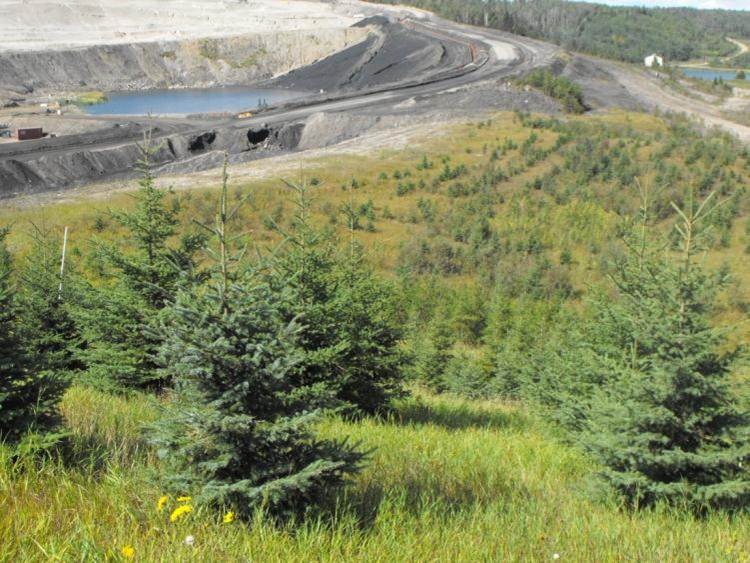The Alberta Soil Science Workshop 2012 was held from February 14-16 in Edmonton. This year's workshop theme was "Monitoring in a changing environment - needs and challenges". Keynote speakers and plenary sessions covered topics from soil fertility to reclamation.
The Alberta Land-use Knowledge Network was there, capturing video of some of the presentations. Below are links to videos, where available, as well as to the presentations files. More videos will be added in the coming days, so keep checking back for more.
- Dr. Jim Schieck, Alberta Innovates Technology Futures/Alberta Biodiversity Monitoring Institute. "Measuring ecosystem health at mulitple scales: Compatible metrics for reclaimed sites and regional assessments." Dr. Schieck explains the process used by ABMI to monitor 1656 sites across the province, and how that information can be used to determine whether or not a development is ecologically sustainable. Click here for video - Click here for presentation
- Dr. William Shotyk, Unviersity of Alberta. "Montiroring soil water quality using trace elements: comparison of results from the Elmvale Groundwater Observatory with data from monitoring wells". Dr. Shotyk reviews the procedures used in sampling and testing water at the Elmvale Groundwater Observatory, in particular related to testing for the presence of trace elements. These results are compared to results from samples taken from monitoring wells, and the differences in results discussed. Click here for video - Click here for presentation
- I. Hanuta, K. Benjaminson, B. Harker. "Watershed evaluation of beneficial management practices (WEBs): Place-based research of BMP performance". Karen Benjaminson presents the Agriculture and Agri-Food Canada WEBs program that evaluates the effectiveness of beneficial management practices from a watershed perspective. A summary of the findings to date is included, as well as a discussion of the program's future priorities. Click here for video - Click here for presentation
- G. Luna Wolter & M. A. Naeth, University of Alberta. "Mature fine tailings and petroleum coke as a reclamation substrate." This presentation describes a greenhouse study done to determine whether different mixtures of substrates (fine tailings, tailings sand, coke, peat mineral mix) would support the germination, emergence and growth of three types of grass commonly used in reclamation seed mixtures. Click here for video - Click here for presentation
- R. Janzen, J. Page, D. Browne. "Assessment of science for a GHG reduction protocol for boreal peatlands." Rob Janzen presents on ClimateCHECK's assessment (commissioned by Canadian Wildlife Federation) on the feasibility of establishing greenhouse gas reduction protocol for boreal peatlands. Results indicate that significant knowledge gaps exist, and regulations for conservation and reclamation are changing. Options for addressing the knowledge gaps are covered. Click here for video - Click here for presentation
- R. McNeil. "Soil survey and vegetation information enhanced for biophysical resource valuation." Ron McNeil of LandWise Inc. reviews a recent survey done in Special Areas 2. A biophysical inventory was done in order to assist the Special Areas Board with land management and conservation decisions. Survey results pointed to some changes in how the areas should be classified, and identified a previously unrecognized paleovalley. Click here for video - Click here for presentation
- Bin Xu, University of Calgary. "Responses of boreal bogs to increased nitrogen deposition: A three-year 15N tracer experiment." Xu presents findings from a three-year study looking at the effects of increased levels of nitrogen on peatland bogs, particularly related to the retention in sphagnum moss. Click here for video - Click here for presentation
- Brian Ilnicki, Land Stewardship Centre. "Transfer of development credits: An exploration by the Beaver Hills Initiative." Ilnicki discusses the process of TDC - transfer of development credits - as a means of encouraging development while still protecting land important for agricluture or environmental services. Click here for video - Click here for presentation
- Gillian Kerr, Alberta Environment & Sustainable Resource Development. "Using an ecosystem services approach: The 2010-11 pilot on wetlands." Kerr discusses the ecosystem services approach, using a pilot study from Rocky View County. Click here for video - Click here for presentation






